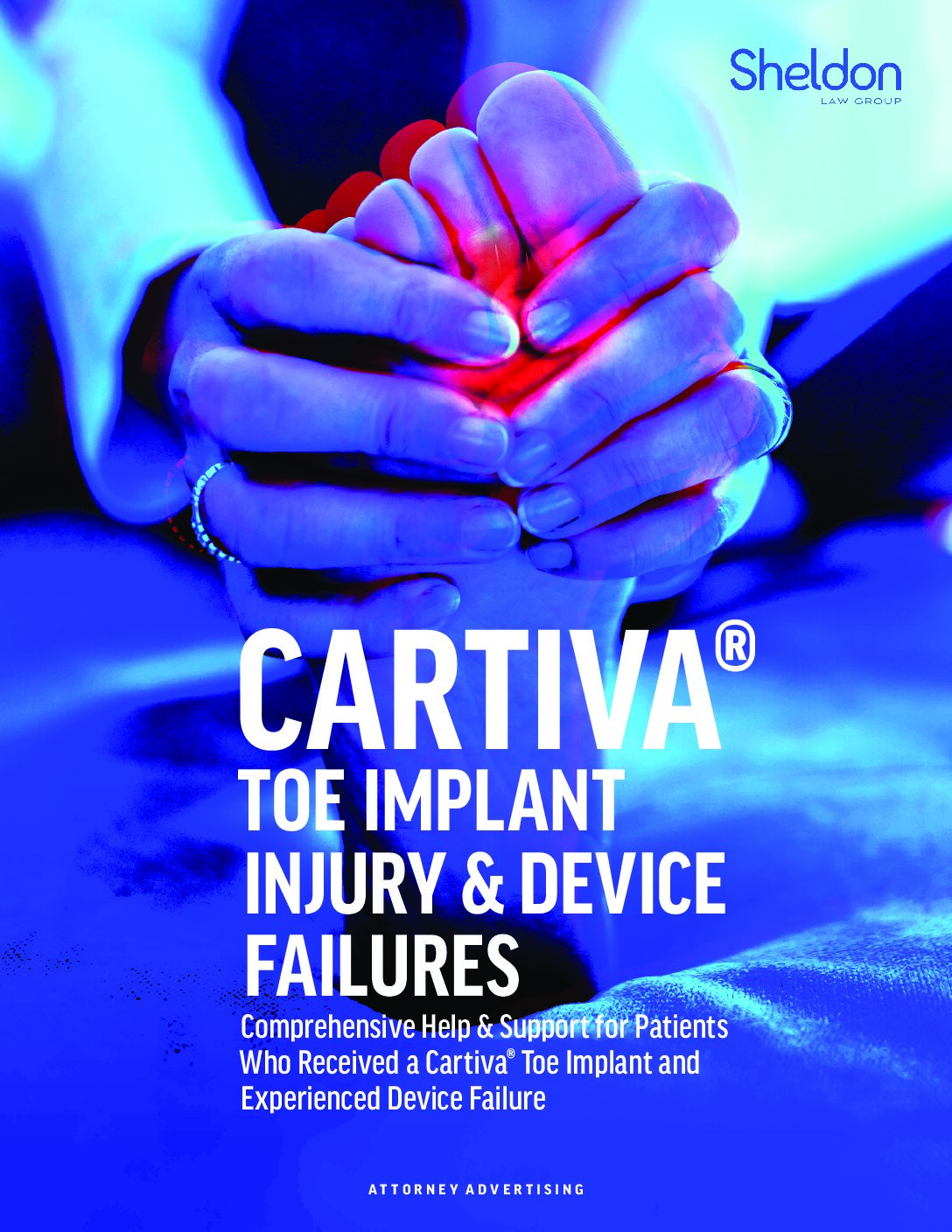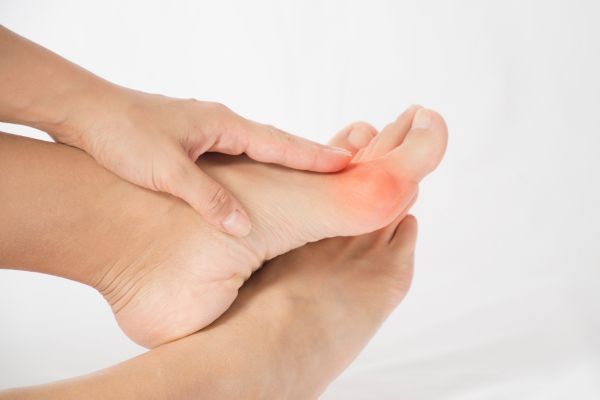What are Cartiva toe implants?
Cartiva toe implants are small cylindrical devices that are inserted into the joint space between the bones of the big toe. They are made of a hydrogel material that has a similar elasticity and compressibility as natural cartilage. The implant acts as a cushion and a spacer, reducing friction and inflammation in the joint. Cartiva toe implants are intended to preserve the natural motion of the toe, unlike other surgical options that fuse the joint or replace it with metal hardware.
How are Cartiva toe implants implanted?
Cartiva toe implants are implanted in an outpatient procedure that takes about 35 minutes. The surgeon makes a small incision on the top of the toe and removes some of the damaged cartilage from the joint. Then, the surgeon drills a hole in the bone and inserts the implant into the hole. The implant is secured with a press-fit technique, meaning that it is slightly larger than the hole and creates a tight fit. The incision is closed with stitches and a bandage is applied. The patient can walk immediately after the surgery but may need to wear a special shoe for a few weeks to protect the toe.
Why do people get Cartiva toe implants?
People get Cartiva toe implants to relieve the pain and stiffness caused by toe arthritis. Toe arthritis is a degenerative condition that occurs when the cartilage that covers the ends of the bones in the toe joint wears away. This causes the bones to rub against each other, creating inflammation, swelling, and pain. Toe arthritis can also limit the range of motion of the toe, making it difficult to walk, run, or wear shoes. Some of the risk factors for toe arthritis are age, injury, genetics, and wearing high heels or tight shoes.
Cartiva toe implants are an alternative to other surgical treatments for toe arthritis, such as joint fusion or joint replacement. This eliminates the pain, but also the movement of the toe. Joint replacement involves removing the entire toe joint and replacing it with an artificial one made of metal and plastic. This restores some of the motion, but also introduces the risk of infection, loosening, or wearing out of the artificial joint. Cartiva toe implants aim to provide pain relief without sacrificing the natural function of the toe.
What are the possible complications of Cartiva toe implants?
As with any surgery, Cartiva toe implants have some potential risks and complications. Some of the common ones are infection, bleeding, bruising, swelling, nerve damage, implant failure, implant migration, implant wear, bone loss, and continued pain. Most of these complications can be treated with medication, rest, ice, elevation, or revision surgery. However, some patients may not achieve the desired outcome or may experience worse symptoms after the surgery.
How satisfied are patients with Cartiva toe implants?
According to the clinical trials and studies conducted by the manufacturer, most patients who received Cartiva toe implants reported significant improvement in pain, function, and quality of life. The studies also compared Cartiva toe implants to joint fusion and found that Cartiva toe implants had similar or better results in terms of pain relief, motion preservation, and complication rates.
However, these studies have some limitations, such as small sample size, short follow-up period, and possible bias. Therefore, more independent, and long-term toe implant research is needed to confirm the safety and effectiveness of Cartiva toe implants.
If you are interested in Cartiva toe implants, you should consult with your doctor and discuss the pros and cons of this option. You should also ask about the cost, the recovery time, and the expectations of the surgery. Cartiva toe implants may not be suitable for everyone, depending on the severity of your toe arthritis, your medical history, and your lifestyle. You should also be aware that Cartiva toe implants are not a cure for toe arthritis, and that you may still need to take care of your toe joint by wearing comfortable shoes, avoiding excessive pressure, and doing exercises to maintain your strength and flexibility.





